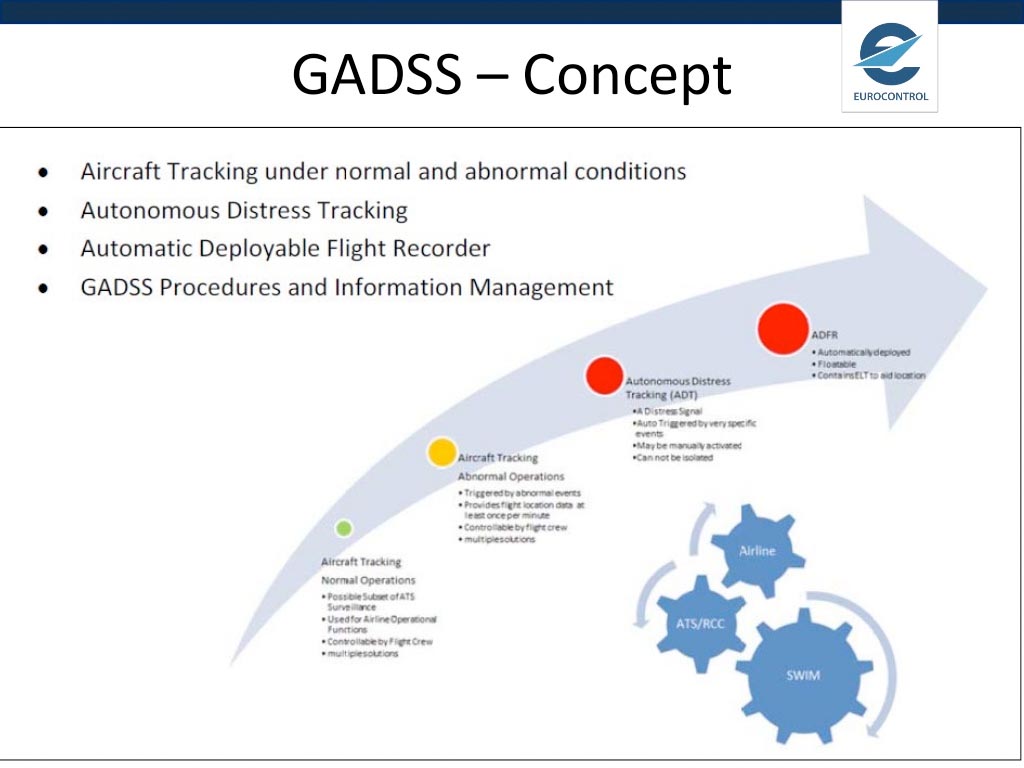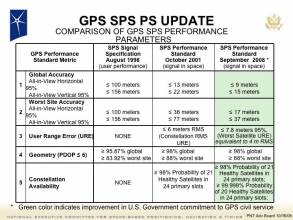Member states of the International Civil Aviation Organization (ICAO) recommended the adoption of a new 15-minute aircraft tracking standard yesterday (February 3, 2015) during discussions among more than 850 participants to the UN aviation body’s 2015 High Level Safety Conference in Montreal, Canada.
The recommended standard is performance-based and not prescriptive, meaning that global airlines would be able to meet it using the available and planned technologies and procedures they deem suitable.
Member states of the International Civil Aviation Organization (ICAO) recommended the adoption of a new 15-minute aircraft tracking standard yesterday (February 3, 2015) during discussions among more than 850 participants to the UN aviation body’s 2015 High Level Safety Conference in Montreal, Canada.
The recommended standard is performance-based and not prescriptive, meaning that global airlines would be able to meet it using the available and planned technologies and procedures they deem suitable.
“This new standard will be an important first step in providing a foundation for global flight tracking and the future implementation of the more comprehensive ICAO Global Aeronautical Distress and Safety System (GADSS),” said ICAO Council President Olumuyiwa Benard Aliu. “Through an expedited process, it will now be sent to our member states before the end of the month for formal comment and we’re anticipating its adoption by Council as early as this fall.”
The concept of operations for the GADSS was developed by ICAO over the course of 2014, following the disappearance of Malaysia Airlines flight MH370 and the special Multidisciplinary Meeting on Global Flight Tracking that ICAO convened soon after. The GADSS concept calls for a three-tiered approach for global aircraft tracking over the long-term, covering normal, abnormal, and distress conditions.
GADSS incorporates a wide range of functions, including communications, search and rescue organizations and practices, routine aircraft tracking, and aircraft location reporting in emergencies. Among the activities under the latter topic is agreement on use of equipment such as emergency locator transmitters (ELTs) or automatic deployable flight recorder (ADFR).
A very accurate distress location on the ground or water has the ability to take the ‘search’ out of search and rescue and allow RCCs [rescue coordination centers] to concentrate efforts more towards the rescue response,” stated a working paper on “Concept of Operations to Enhance Global Flight Tracking” prepared by the ICAO Secretariat. “A very accurate distress location may be provided, for example, by a GNSS-capable 406 MHz ELT, which will normally provide a location to within a 120-meter accuracy.”
In presentations to the ICAO safety conference, however, aviation industry representatives pressed for performance-based standards rather than mandates prescribing use of specific technologies or technical solutions.
The standard recommended by ICAO’s High Level Safety Conference yesterday is considered to be consistent with the long-term GADSS concept. ICAO’s intention is to coordinate regional exercises shortly after the standard is adopted, aiding states with both the standard’s introduction and their ability to respond to abnormal flight behavior scenarios in an integrated manner.
“Implementation assistance is critical to the successful roll-out of any new standard by ICAO, and these exercises are therefore an essential step in our process,” said Aliu. “In the longer-term ICAO will also be developing requirements and assistance measures for abnormal and distress tracking, which require more time due to their complexity and potential reliance on new technologies. This is fully consistent with the GADSS concept and ICAO is presently working in close coordination with EUROCAE and the RTCA in these areas.”
Singapore CAA, Aireon Sign ADS-B Agreement
On the sidelines of the safety conference, the Civil Aviation Authority of Singapore (CAAS) and Aireon LLC today signed a Memorandum of Agreement (MOA) to enhance aircraft tracking in the Singapore Flight Information Region (FIR). Through this collaboration, Aireon will work with CAAS to enhance surveillance coverage over the entire Singapore FIR with the deployment of a space-based automatic dependent surveillance – broadcast (ADS-B) service. Set to roll out in 2017, Aireon’s ADS-B service combines the Iridium NEXT global network of 66 Low Earth Orbit (LEO) satellites and GPS position reports to provide near-realtime tracking of aircraft.
The MOA was signed by Yap Ong Heng, Director-General of CAAS, and Don Thoma, President and Chief Executive Officer of Aireon. It lays the groundwork for collaboration on the enhancement of surveillance and better provision of air traffic services through space-based ADS-B surveillance services in the Singapore FIR and the region. This includes evaluating the unique requirements of the Singapore FIR and the region; developing the needed policies, standards and procedures for use of the space-based ADS-B service; and determining how best to implement this service to improve and harmonise the efficiency of air traffic management services in the Singapore FIR and the region.
Currently, some parts of the Singapore FIR are not under surveillance coverage, such as remote areas and over the oceans. In such areas, air traffic controllers must provide a larger separation between aircraft to ensure safety of the aircraft and passengers.
With the deployment of this space-based ADS-B service, the real-time positions and en-route status information of all ADS-B equipped aircraft flying within the Singapore FIR can be tracked. The ability to track all aircraft is one consideration to allow for the safe reduction in separation between aircraft, thus increasing airspace capacity.






